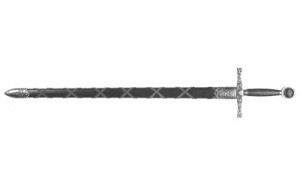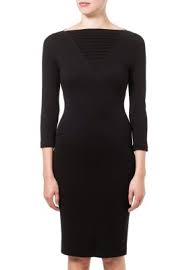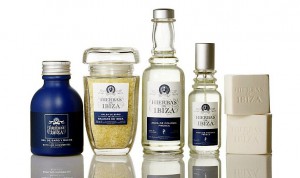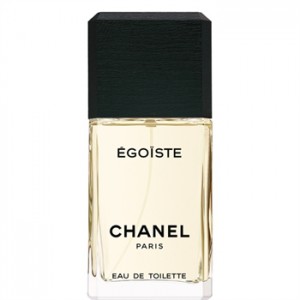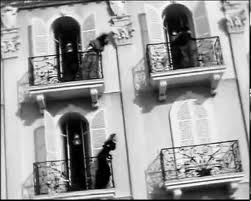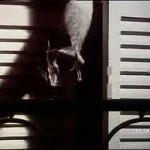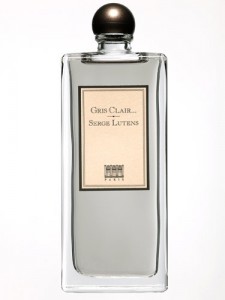Serge Lutens – Fourreau Noir
Lavender is a top contender for my favorite note status. It is comforting and bracing all at once – a reminder to slow down, and an inspiration to keep going. The scent of lavender has been traditionally used in aromatherapy for relaxation, and it is easy to understand why. One whiff and my mind immediately drifts off to visions of lavender fields in the South of France, where row upon row of the dusky, green-grey stalks wave their lovely purple buds in the wind, imbuing the region with the magical scent of summertime. Lavender is the scent of freshly scrubbed faces and hair and clean sheets drying in the sunshine.
With all of these associations in mind, I was completely unprepared for the treatment of lavender in Fourreau Noir, which translates from the French as “black sheath”. Black indeed, and sharp as a knife. While in my mind Lutens had already created the quintessential lavender fragrance with his 2006 Gris Clair, he revisited the lavender theme in 2009 and turned it on its head.
Fourreau Noir starts out with an sharp, almost metallic citrus note which explodes into an intense, slightly medicinal lavender, but there is no hint of summertime freshness to be found anywhere in this bottle. Instead, Lutens and Sheldrake manage to make lavender come alive with the warmth, and dare I say fur, of a living creature. The extreme lavender opening softens and blurs out of focus with the introduction of tonka and coumarin, lending a sweet warmth to the lavender note that I love on some days and cannot wrap my mind around on others.
Fourreau Noir is a perfect cold-weather scent when the balsamic syrup of the dry-down feels warm and smooth rather than cloying. Indeed, this is one of those fragrances that seems larger than life in the heat and humidity, but is as soft and tame as a kitten in the winter. While I spend the warmer months of the year looking forward to wrapping myself in oriental fragrances, Fourreau Noir offers the depth of this genre, while hinting of warmer days to come. This one takes the prize for the most ingenious and unusual treatments of lavender.
A special thanks to Barney’s for the sample.
Fougère
Notes: Lavender, Tonka, Musk, Almonds, Smoke

